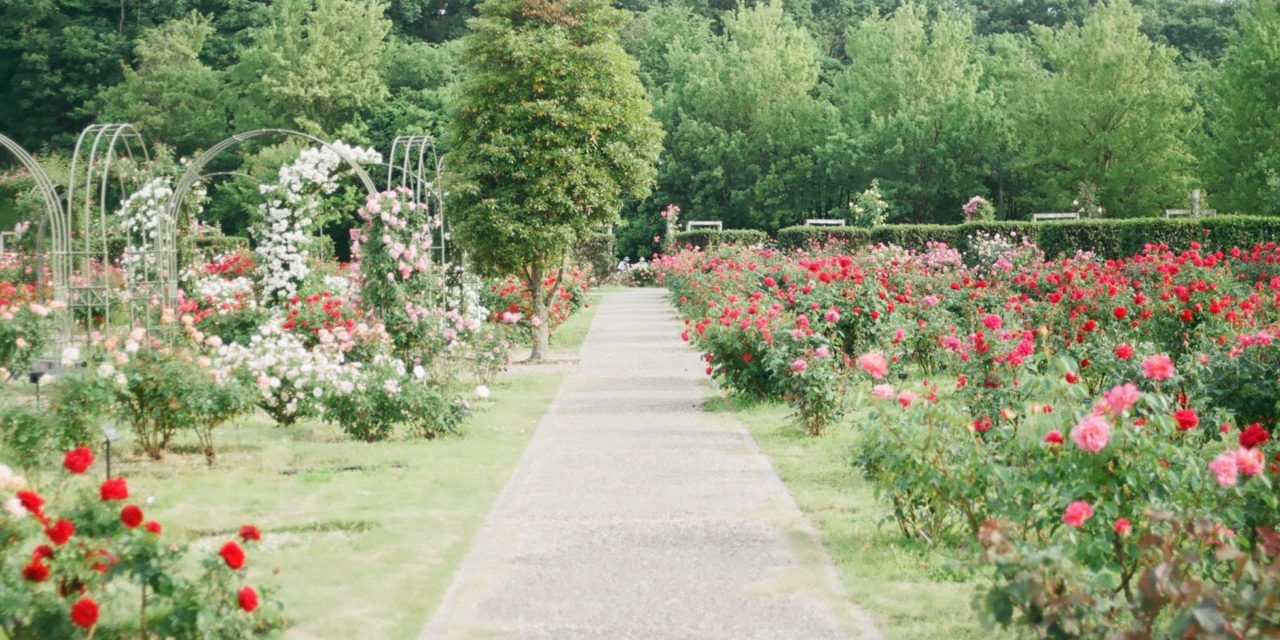[ad_1]
“Put down the hangi,” the counselor sang out.
With great ballyhoo, half a dozen campers wielding shovels dug into the sandy shore of Lake Enemy Swim in the Coteau Ridge of northeastern South Dakota.
I'd never imagined when I left home for Camp Nesodak with a suitcase and duffel bag full of stitched “Kathi” labels on all my new camp clothes that I would be digging a pit in the ground.
“The thrill is in the experience and in knowing that there is always something new to discover just ahead.” My dad's words were ringing true.
“Keep an open mind. You'll have a wonderful time,” my mother added in those final moments before shipping me off.
Visions of splashing in canoes through icy waters, crafting handmade treasures in rustic Western cabins, trekking through the woods and roasting marshmallows while the sound of Kumbaya or ghostly tales filled the night-time sky had danced across my imagination during the weeks of preparation.
I had been to several summer camps, so I had a pretty good idea of what to expect. I knew what I liked and what I didn't like. I didn't like KP. Kitchen patrol was not my idea of fun. In fact, any time I was told to help my mom wash the dishes at home, I became a master at conjuring up excuses to slip away. But at camp I was cabin-smart enough to understand that the things I could get away with at home with my liberal softy mom wouldn't work with my peers at camp. Carrying your own weight was just an unwritten law.
It was the artistic side of camp chores that floated my boat, and hangi fit the bill perfectly. Hangi was fun and totally different from other camp meals. Digging a hangi didn't even feel like KP.
Hangi and its culinary cousins – Pachamanca, Kalua and a New England clam bake – are all related by their manner and style of preparation. They are all based on digging and preparing an earthen fire pit used as a cooking chamber.
Cooking a meal underground might appear quite novel to a modern-day world, but the roots of such cooking are perhaps as old as man.
If the concept of cooking a sunken treasure captures your imagination, then the next step is as easy as unearthing a theme.
For a New Zealand Maori-inspired soiree, lay a hangi. For a Peruvian celebration, follow the old Inca tradition with a Pachamanca. If a Hawaiian flavor is desired, go with a sun-kissed tropical Kalua, or if an American theme is more your style, why not throw a New England clam bake? Perhaps, you could make it your very own Gulf Coast interpretation that marries our regional cuisine with this unusual cookery style for an upcoming summer shindig.
How to put down a hangi
1. Dig a hole in the sand.
2. Light a fire in the hole and heat up the rocks at the bottom. Don't tarry at this point; you'll need to work fast.
3. Place prepped food inside a soaked muslin or white-cotton bag, then place it inside a wire basket. Chicken, meat, potatoes, onions and corn all taste delish cooked in this manner. For more recipe and menu ideas sign up for Kathi Dameron's How To Create The Wow newsletter at http://www.letsentertain.blogspot.com
4. Cover the food, as well as the entire fire pit, with sand.
5. Allow the food to cook for two hours.
6. Don't forget where you buried your dinner.
7. Check local ordinances and be responsible when playing with fire.
If you enjoy reading the Entertaining with Kathi newspaper column, you'll love Kathi Dameron's How To Create The Wow Ezine Newsletter. Subscribe at any of the buttons at http://www.letsentertain.blogspot.com
[ad_2]
Source by Kathi Dameron


